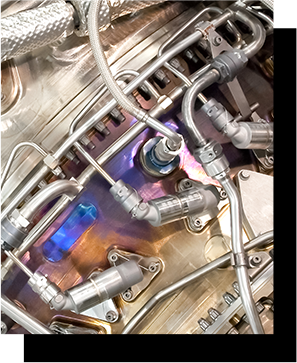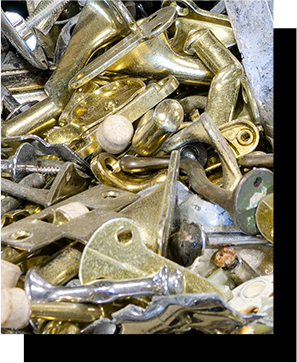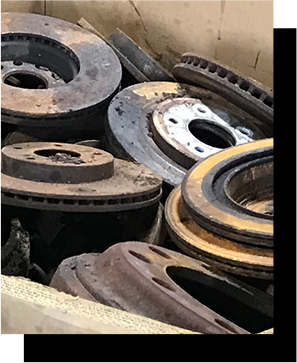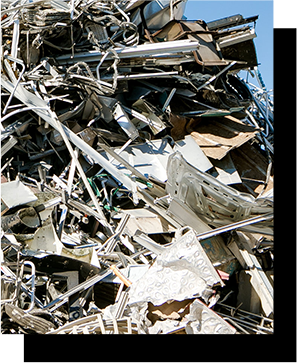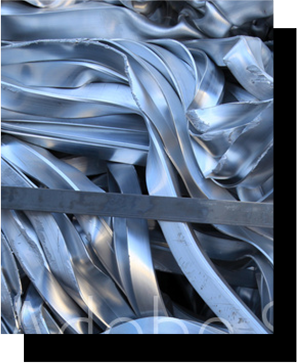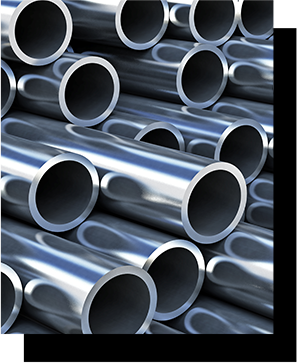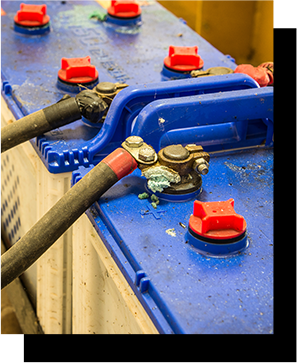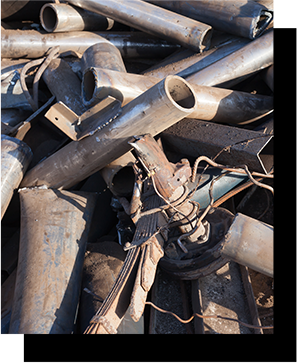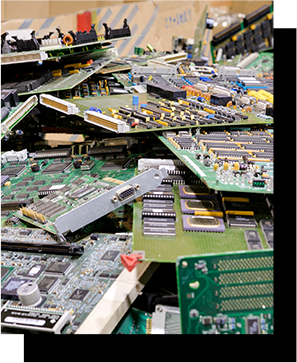Customized To Your Jobsite
Arrow is a full-scale recycler and we offer container service for any size job including construction, manufacturing,
industrial, demolition, and on-going projects. Our container service includes: dropping off your container, pick-up,
clean removal of the container, hauling, and sorting and processing the materials for recycling in one of our two locations.
Call us today so we can suggest container sizes from our inventory that will best suit your project needs. We offer
several different sizes of containers and will be happy to discuss your project to ensure the best fit for you.
Container service is available to qualifying job sites, based on commodity, distance, and volume.
We look forward to discussing your needs and finding the best solution for your job.






